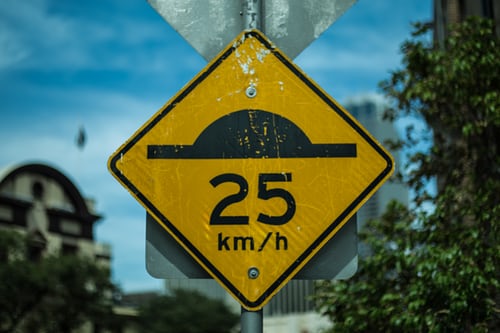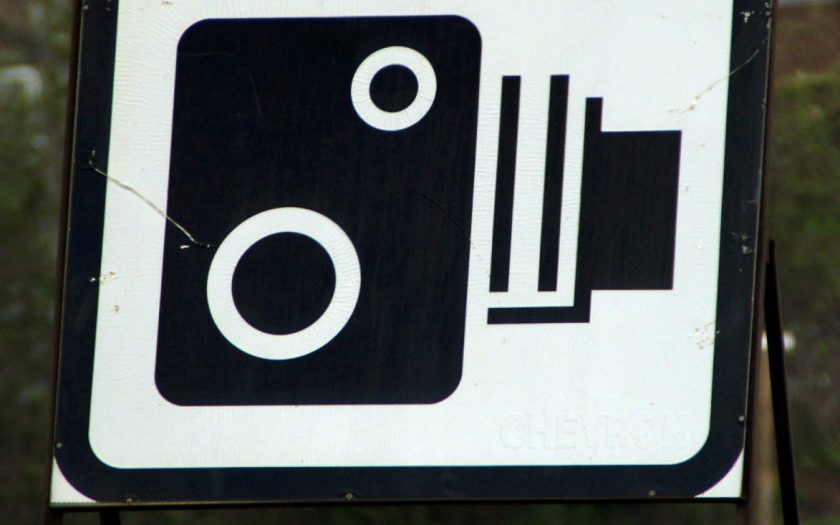DESPITE EVER-MORE HOLLOW claims that speed cameras (hypocritically labelled “safety cameras”) are all about improving road safety, the simple truth is that authorities are more addicted to the revenue they provide than ever before.
Victoria is one of the most over-policed states and updated speed cameras in that state, according to a report on ABC News, have reaped a windfall of millions of dollars in extra fines from updated cameras. Notice, as usual, that there is no mention of how many crashes have been avoided or lives saved.
The huge increase was revealed in the latest annual report from the Victorian Office of the Road Safety Camera Commissioner (how much is wrong with that title?)
Ten new intersection cameras in Melbourne and Geelong recorded an increase of almost $12.5 million in fines after being switched from film technology to digital.
In typically illogical fashion, Road Safety Camera Commissioner John Voyage noted “The road safety consequences are that more drivers have received a reminder that speeding is unacceptable.”
But here’s the problem. If more drivers were being dissuaded from speeding by speed cameras, then why are the numbers ballooning? In 2015-16, the same 10 cameras recorded 660 infringements and returned $250,000. Once they were changed to digital, the same cameras recorded a staggering 51,000 infringements that netted fines of $12.65 million.
Admittedly, some of the cameras were out of action for part of 2015-16 but that certainly doesn’t account for the jump.
The new digital cameras, unlike the film cameras, could detect motorists both running red lights and speeding. They are also reported to be more effective at recording red light infringements.
Total income in Victoria from speeding and red-light offences totalled $389 million last year.

Most drivers will drive at a speed they deem reasonable for the circumstances. When so many are recorded as exceeding the posted speed limits, common sense suggests that those speed limits are too low. NSW is typical in the way it supposedly sets speed limits. According to the RTA, speed limits are set in accordance with guidelines developed and adopted by RTA’s road safety experts and traffic engineers, based on international and evidence-based best practice in speed management, Australian Standards, Austroads Guides, state legislation, government policies and plans. The fundamental principle for setting a speed limit is that the limit should reflect road safety risk to road users while maintaining the ability of people to easily get to their destination. Hello? Have any of these people driven in NSW in the last 70 years? And if the speed limit for passing roadworks or in a school zone in NSW is 40km/h, how can that speed be considered dangerous in SA and a 25km/h limit imposed?
An additional concern is that far too many motorists are being penalised for relatively trivial excessive speed which can hardly be construed as dangerous or life-threatening.
The increase in red-light runners is harder to understand. From personal observation, most drivers treat an amber light not as the law construes it (you must stop if possible) but as the last vestige of a green light. Rather than have to stop, many simply speed up to get through the intersection before the light turns red. So they get caught with a double whammy of both running a red light and speeding.
Despite ever-more Draconian enforcement of the rules, the Victoria road toll continues to skyrocket. Deaths are up, reaching 230 fatalities year-to-date compared to 172 at the same time last year. Similar increases are being recorded in other states. The typical and expected knee-jerk reaction has been a call to lower the speed limits even further.
What isn’t mentioned very often is that deaths on Victorian roads are less than a third of what they were in 1989. Since then, more than 10,000 Victorians have died on Victorian roads. And even more shockingly, the Victorian road toll in 1970 was a staggering 1061, with a much smaller population and far fewer cars on the roads. That number represented a death rate of 31 per 100,000 persons. In 2018, the national road toll was 4.6 deaths per 100,000 persons.
Also of concern but rarely addressed, many more thousands have been seriously injured, some permanently. In the year March 2018 to March 2019, road accidents in Victoria resulted in 7685 patients spending 14 days or less in hospital and 964 spending longer than 14 days.
The system is patently broken, but nothing is being done to fix it. Instead, speed limits continue to be reduced, fines continue to be increased, and people continue to die.
